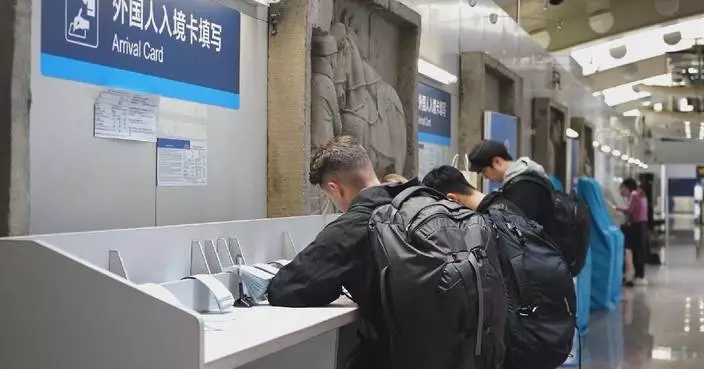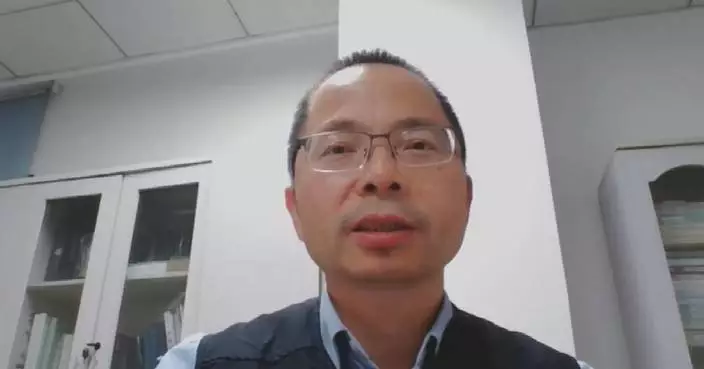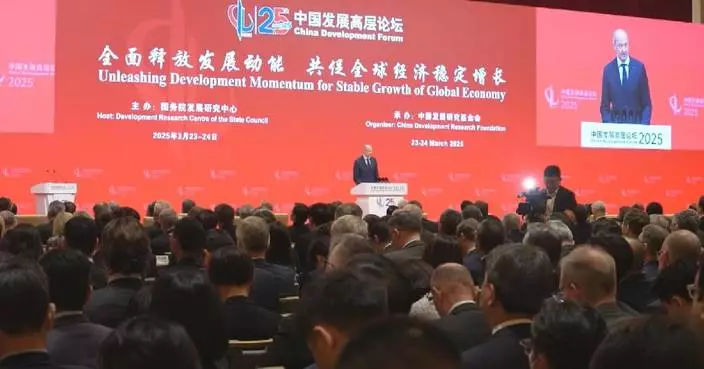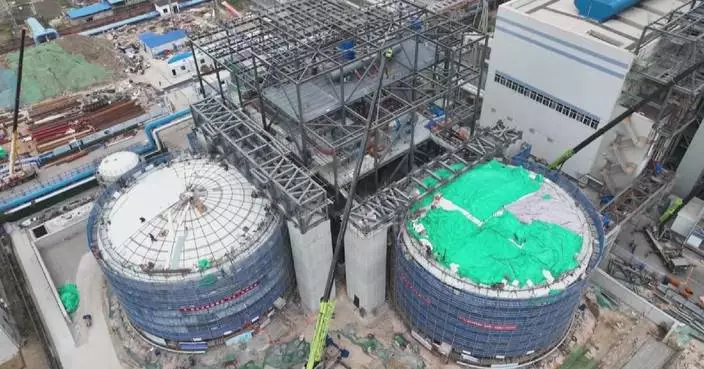Several places in China have been upgrading their transportation facilities, so as to promote the industry's green and low-carbon development.
Two months ago, central China's Hubei Province put its first expressway for hydrogen-powered vehicles into operation.
Mr. Wu, who has been working in logistics for over 20 years, has become one of drivers for the first 30 hydrogen-powered trucks in Hubei.
"It's quite comfortable sitting in a hydrogen-powered truck, which won't cause air pollution and runs with little noise. With just ten minutes' refueling, the tank will be full and can support a 300-kilometer run," Wu said.
Over the past two months, this expressway has handled more than 350 freight vehicles, with the daily volume of goods transported reaching 450 tons.
Comparing with the transport efficiency of fuel trucks on national and provincial highways, that of hydrogen-powered trucks on the expressways has increased by around 30 percent.
In Yantai City of east China's Shandong Province, the local transportation department is going to replace the power batteries of its new energy buses, since the battery life of those buses has significantly reduced after they have been in operation for seven years.
"A new 10.5-meter pure electric bus costs about 1.04 million yuan (about 144,000 U.S. dollars). However, if we only change its power battery, it only costs 130,000 to 150,000 yuan. Therefore, changing power batteries will greatly reduce the company's input," said Wang Xuewei, deputy Party chief of the Yantai Public Transportation Group.
After upgrading, the charging speed of those buses will increase by 33 percent.
"This year, we will transform 259 old pure electric buses to invigorate transport capacity. A total of 65 renewal projects involving ports and public transit will be pushed forward, to boost the green, low-carbon and circular development of the transport industry," said Sun Chengjun, deputy director of the Yantai Transportation Bureau.
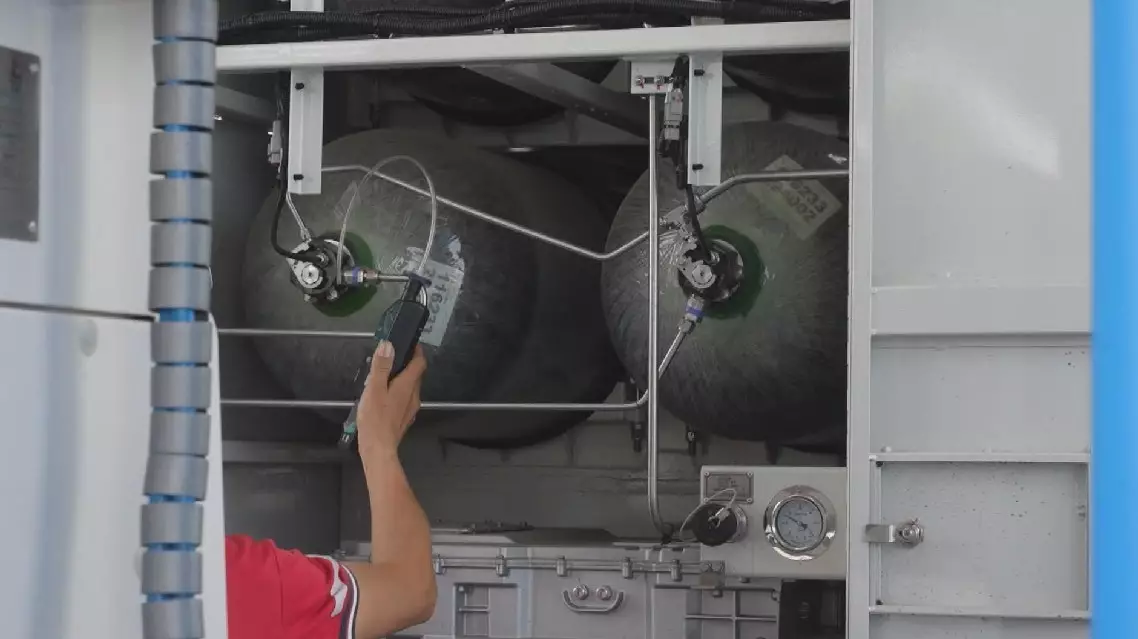
China upgrades transportation facilities to boost green development
The concept of eco-friendly burials -- ways of laying loved ones to rest that reduce environmental impact -- has grown in popularity among the Chinese people, especially over the past five years.
In China, eco-friendly burials comprise forms such as lawn burials, flowerbed burials as well as tree burials, which require minimal land. Sea burials and biodegradable urn burials that do not take up any land are also popular options.
Analysts believe eco-friendly burials will help to alleviate the strain on land resources, contribute to environmental protection, and also fulfill people's emotional needs for remembering their departed loved ones. The Ministry of Civil Affairs said in 2024, there were 194,700 ecological burials of ashes across the country, up 67 percent from 2019. Among them, 53,500 were sea burials, an increase of 26 percent over 2019, and 141,200 tree burials, an increase of 90 percent over 2019. Today, 28 provinces in China offer rewards and subsidies to families who choose eco-burials.
"More and more people begin to accept land-saving ecological burial methods. China's land-saving ecological burial methods such as sea burials and tree burials have been on the rise every year. China's land-saving ecological burial facilities have become more full-fledged as local governments have increased their efforts to build these facilities," said Liu Tao, director of the Department of Social Affairs under the Ministry of Civil Affairs.
April 4 marked this year's Qingming Festival, also known as Tomb-Sweeping Day, a traditional Chinese festival for people to pay tribute to the deceased and to worship their ancestors.
During the period around this festival, people often visit graveyards, where they traditionally pay tribute to the dead by offering food and burning incense and paper money.
In recent years, with the support from the government, many have turned to greener practices, such as offering flowers and lighting electric candles. During this year's three-day Qingming Festival holiday from Friday to Sunday, people across China made nearly 54.34 million trips to burial sites, up 14.3 percent from last year.

Eco-friendly burials take root among Chinese people








